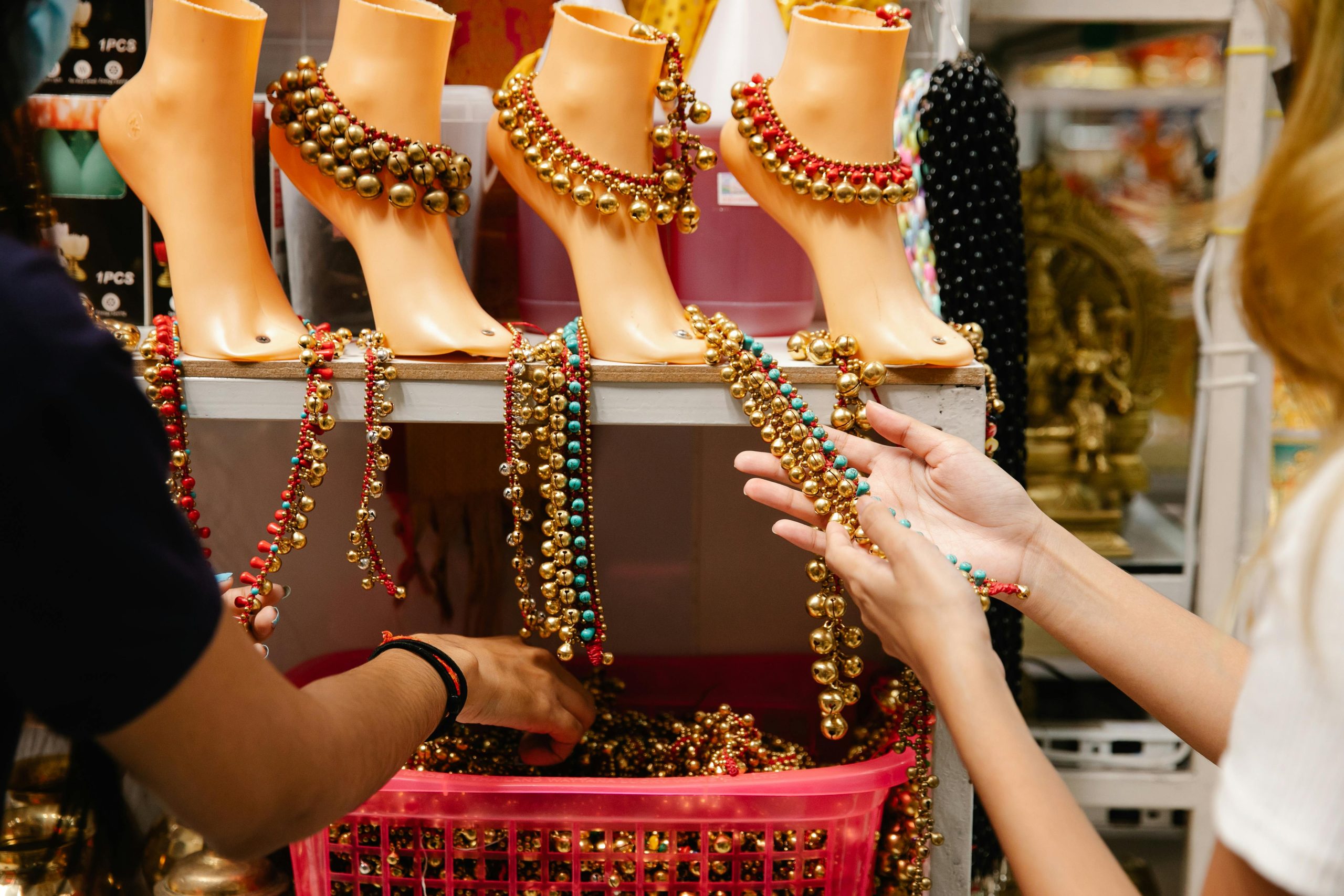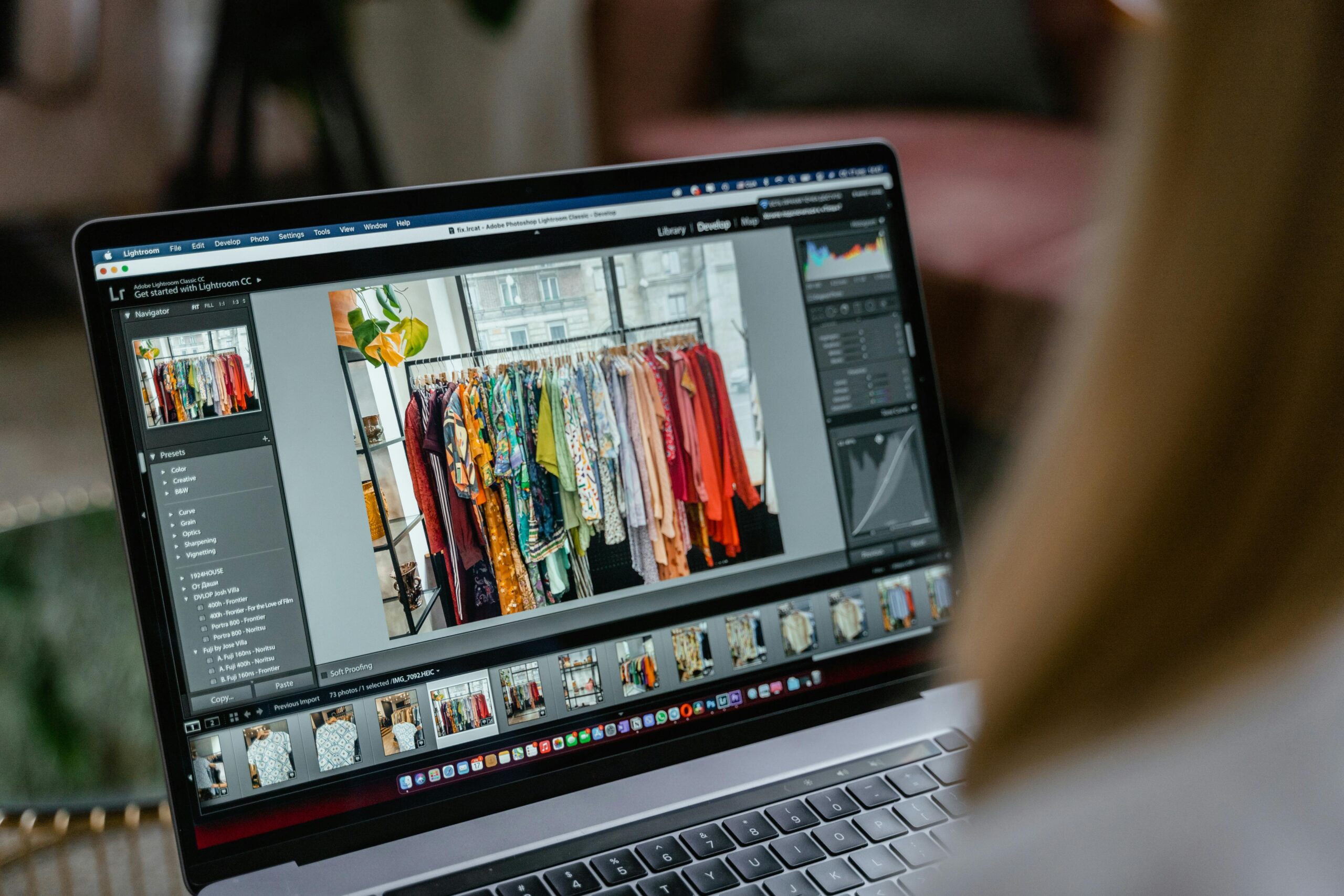Changing CGI Trends in Filmmaking
We’re currently occupants of a new era in digital creativity. Audiences these days want to see their favourite characters come alive on screen. Over the years, cutting-edge technology has made its way into animation and filmmaking. Needless to say, the industry stands at the brink of a transformative change. The development of Computer-Generated Imagery (CGI) in filmmaking has been nothing short of remarkable. It’s an exciting time for content creators as they really get to experiment with 3D graphics in video games, films and television. Today, CGI encompasses an integral part of animation. From creating characters to backgrounds and special effects, the possibilities are limitless. Think of it as a way to bring virtual worlds to life. Today, CGI is not just shaping the future of filmmaking but also pushing boundaries.
Future Trends in CGI: What’s Next?
Potential of AI in Animation
Filmmakers these days are using AI to customise CGI elements. Artificial intelligence is not just automating mundane tasks but also helping in creating more realistic animations. It is opening up creative possibilities that were once considered unimaginable. The potential of AI includes replicating intricate details and nuances, creating CGI characters and making objects appear more life-like. On the other hand, machine learning can help with the scriptwriting process. This significantly reduces manual workload. AI can create complex CGI faster and improve production efficiency considerably thereby reducing costs too.
Photorealism
Photorealism in CGI continues to be an ongoing trend. The industry has witnessed remarkable advancements over time owing to which it’s difficult to distinguish between what’s real and what’s digital created. Photorealism is all about achieving the same level of style and intricacy used in photographs is another medium. Today’s audience wants experiences that are immersive and life-like. Advances in texture, lighting and rendering are changing the experience of photorealistic CGI. Artists are using high-resolution 3D scanning techniques to create digital models. With various sculpting tools available, they can further create various shapes and surfaces that mimic the accuracy of real-world characters.
Real-time Rendering
Today, there is a very thin line between virtual and physical elements. Filmmakers want to combine both these worlds into a seamless whole. With real-time CGI in rendering, changes to a digital environment can be made instantly. Traditionally, rendering high-quality CGI would take hours or even days. This would particularly apply to feature films and high-resolution motion projects. The process was tedious too as 3D artists would first set up a scene, hand it off to a rendering farm and then wait for results.
Thankfully, the advent of real-time rendering in filmmaking has changed the landscape forever. Animators and artists can see their work come to life immediately. This significantly speeds up the production process as a whole. Since the rendering wait is no longer lengthy, artists can even get immediate feedback. This even speeds up the iteration process and promotes better creative workflows. Real-time CGI is a trend all artists prefer these days. It not just opens up new possibilities for creativity but also accelerates project timelines.
Virtual Production
The rise of virtual production has also taken CGI by storm. As the name implies, virtual production helps in creating a realistic environment on a virtual set. Virtual production gives filmmakers utmost flexibility and control over the scene as they can visualise complex scenes before they’re shot. This is possible through CGI environments, the art of illusion and real-time rendering. Further, virtual production and CGI together help actors interact seamlessly with computer-generated elements.
Conclusion
The advancement of CGI in filmmaking has been a game-changer. It has not just transformed the way stories are told but also brought in a new visual appeal that nobody would have ever imagined. Back in the day, CGI was solely limited to computer-generated graphics. Today, the meaning has changed altogether. Filmmakers are using CGI to create imaginative worlds beyond futuristic landscapes. While these are a few trends ruling the current filmmaking industry, as technology progresses over the years, the capabilities of CGI are only set to improve. Today, filmmakers are on the lookout for professionals who can transform imagination into art. To meet the industry demand, we offer an undergraduate degree in visual art that will make students proficient in 2D and 3D design practices, classical animation, lighting and camera techniques, and more.




